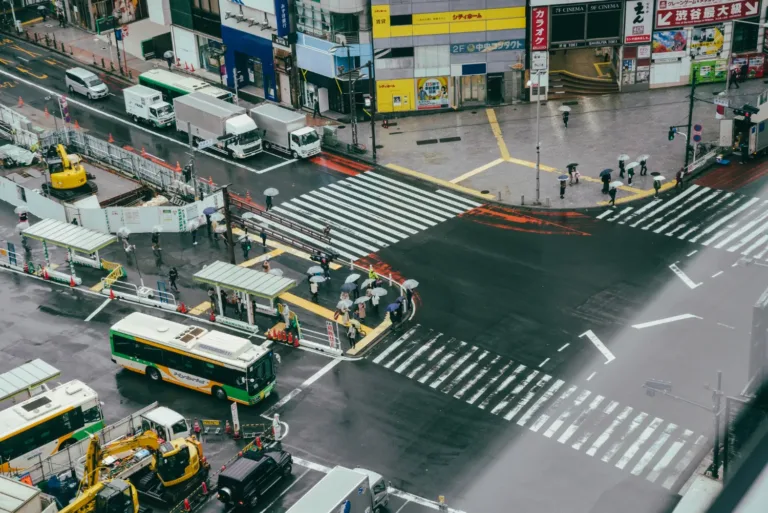

A Traffic Guidance Scheme (TGS) shows the temporary on-street layout that keeps people and vehicles safe while work happens on or next to a road or footpath. It places signs, cones, barriers and detours on a scaled drawing so crews can set up, maintain and remove the controls correctly.
You’ll typically be asked for a TGS when your work:
Common requestors: local councils/road authorities, asset owners (water, power, telecoms), builders, utilities and event managers.
If you need the broader strategy that sits over your layouts, see Traffic Management Plans (VIC).
| Term | What it is | Notes |
|---|---|---|
| TGS (Traffic Guidance Scheme) | On-street layout(s) showing temporary signs, cones, barriers and detours on a scaled drawing. | Think: “how the site is set out today.” Used to set up, maintain and pack down. |
| TMP (Traffic Management Plan) | Strategy and risk assessment above the TGS: purpose, risks, mitigations, approvals, responsibilities. | The overarching plan (see Traffic Management Plans VIC). |
| TCP / PWZTMP / diagrams | Different jurisdictions’ labels for layout drawings. | In practice, serves the same purpose as a TGS. |
If your scope includes public events, see Event Traffic Management for permit sequencing and crowd interfaces.
Utility crews may also want Utility Works Traffic Planning for repeatable short-duration setups.
Use these as a starting point and edit for each site, speed environment and stage.
Tick off before submission and prior to set-out on site.
Swap placeholders (in brackets) for your job specifics.
Subject: Temporary Traffic Guidance Scheme – [Site, Dates] Hi [Name], Please find the attached TGS for works at [address] from [dates/times]. The layout maintains [lanes/paths], provides a [detour or protected path] for pedestrians, and includes [controllers/lighting] as shown. Contacts: [Supervisor], [Phone]. Let me know if any adjustments are required. Kind regards, [Your name, role, company, phone]
Add quantities and any notes per stage.
| Device | Qty | Notes |
|---|---|---|
| PW signs | ___ | |
| Speed signs | ___ | |
| Cones | ___ | |
| Bollards / Barriers | ___ | |
| Arrow board / VMS | ___ | |
| Ramps / Plates | ___ | |
| Lights / Beacons | ___ |
If you’re within the road reserve or affecting footpaths/bike lanes, yes authorities usually expect a documented layout, even for short jobs.
A competent traffic management practitioner with current knowledge of local standards and permit processes.
Simple jobs may turn around quickly; complex or night works take longer. Build in lead time and allow for at least one revision cycle.
Only if the site conditions match (speed, lanes, sight lines, land uses). Otherwise, revise the layout.
Not always. Use them where visibility is limited, conflicting movements exist, or the authority requires them.
Pause, make the site safe, adjust the layout under the change protocol in your TMP, and update the as-built record.
Our unparalleled expertise and support in managing traffic for your projects and events make us the glove-like fit for every one of your traffic needs.
Copyright © 2025 a2ztraffic. All Rights Reserved.